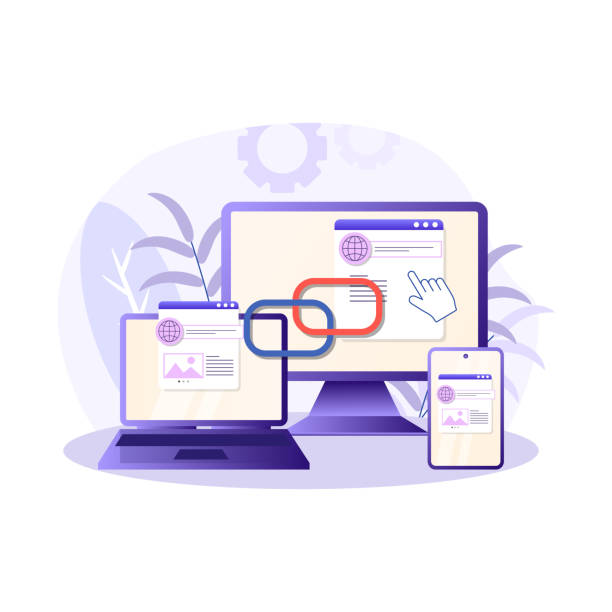What Is a Customer Data Platform (CDP) and How It Works

In the age of digital transformation, businesses are inundated with data from various sources. From social media interactions to purchase histories, every touchpoint with a customer generates data that can be leveraged to enhance marketing, sales, and customer service strategies. This is where a Customer Data Platform (CDP) comes into play, serving as a critical tool in the modern marketer's arsenal. But what exactly is a CDP, and how does it function to benefit businesses?
Decoding the Customer Data Platform
A Customer Data Platform is a software system designed to create unified, persistent customer databases that are accessible to other systems. Unlike traditional data warehouses or CRM systems, a CDP focuses on gathering, organizing, and managing first-party customer data from multiple sources into a single, coherent customer profile. This profile is updated in real-time as new data comes in, providing businesses with an up-to-date, 360-degree view of each customer.
The Architecture of a CDP
The architecture of a CDP is fundamentally different from other data management systems due to its focus:
Data Collection: CDPs gather data from various points, including websites, mobile apps, CRM systems, email interactions, and even offline sources like in-store purchases. This data can be both structured (like transaction records) and unstructured (like social media posts).
Data Integration: One of the primary functions of a CDP is to integrate this diverse data into a single customer view. This involves cleaning the data, resolving identities (a process known as identity resolution where multiple IDs are linked to one customer), and managing data quality.
Data Storage: Unlike traditional databases, CDPs are built to store data in a way that allows for real-time access and updates. This means data is not just stored but actively managed to ensure it remains relevant and accurate.
Data Activation: Once data is unified and cleaned, CDPs facilitate its use across different marketing and operational platforms. This includes feeding data to marketing automation tools, analytics platforms, and even advertising networks for personalized marketing.
How CDPs Work: From Data to Action
The operational journey of a CDP can be broken down into several key stages:
1. Data Ingestion
The first step involves pulling in data from disparate sources. CDPs are designed to connect with APIs, SDKs, and various data connectors to ensure no data silo is left untouched. This includes tracking customer interactions across channels like email, web, mobile, and physical interactions.
2. Data Unification
Here, the magic of identity resolution occurs. CDPs employ algorithms and machine learning to match and merge different pieces of customer information based on identifiers like email addresses, phone numbers, or cookie IDs. This process creates a unique customer profile even if the data from different sources seems disjointed.
3. Data Enhancement and Segmentation
With a unified view, CDPs can enhance data by adding demographic, psychographic, or behavioral insights either from the data itself or through integration with third-party data services. Segmentation tools then categorize customers into groups based on various criteria, enabling more targeted marketing strategies.
4. Real-Time Processing
A critical feature of modern CDPs is the ability to process and update data in real time. This means as soon as a customer interacts with a brand, their profile is updated, ensuring that any subsequent interaction or marketing campaign can be tailored based on the most current information.
5. Data Activation and Personalization
The endgame of a CDP is to activate this data for strategic use. This can involve sending tailored emails, customizing website content, triggering specific marketing campaigns, or even personalizing in-store experiences. The platform can decide on-the-fly how to engage each customer based on their profile.
Benefits of Implementing a Customer Data Platform
Enhanced Customer Insights: By providing a holistic view of the customer, businesses can better understand behavior and preferences, leading to more effective engagement strategies.
Improved Marketing Efficiency: With precise segmentation and real-time data, marketing efforts can be more targeted, reducing waste and increasing ROI.
Personalized Customer Experiences: Tailoring interactions at every touchpoint increases customer satisfaction and loyalty, potentially boosting lifetime value.
Compliance and Data Privacy: Modern CDPs are built with compliance in mind, helping businesses navigate the complex landscape of data privacy laws like GDPR or CCPA.
Challenges and Considerations
While CDPs offer significant benefits, their implementation isn't without challenges:
Integration Complexity: Integrating all data sources into one platform can be technically demanding and time-consuming.
Data Quality Management: Ensuring the data that feeds into the CDP is accurate and clean is crucial for the reliability of insights.
Cost: Quality CDPs can be expensive, and there's a learning curve both in terms of technology and strategy.
Privacy Concerns: With great power comes great responsibility; handling customer data requires stringent privacy policies and security measures.
The Future of Customer Data Platforms
As digital interactions continue to grow, CDPs are expected to evolve, integrating more deeply with AI and machine learning for predictive analytics, enhancing real-time decision-making capabilities, and possibly incorporating more blockchain technology for secure data handling.
Leveraging CDPs for Competitive Advantage
In a world where personalization is not just a luxury but a necessity, the ability to leverage a customer data platform can be the differentiator between brands. By harnessing the capabilities of a CDP, businesses can not only understand their customers better but also react to their needs in real-time, creating a dynamic, responsive marketing ecosystem that drives growth and customer satisfaction.
Note: IndiBlogHub features both user-submitted and editorial content. We do not verify third-party contributions. Read our Disclaimer and Privacy Policyfor details.







